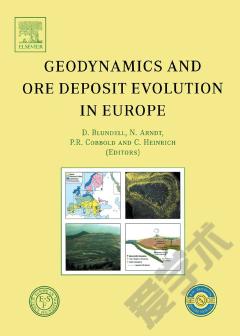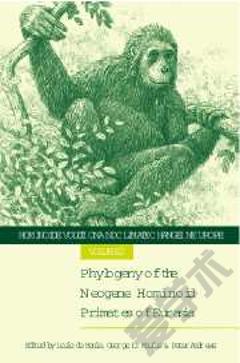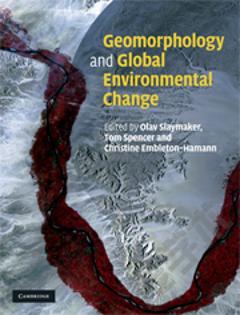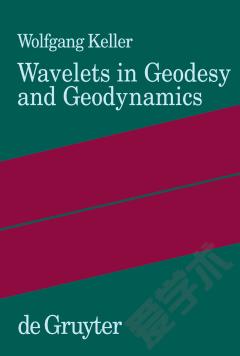Geodynamics and Ore Deposit Evolution in Europe
The aim of this volume, as emphasized in the preface and introduction, is to relate the major ore deposits of Europe to the geodynamic evolution of their host region. The editors hope such material will provide the explorationist with a new way of viewing and understanding regional metallogeny. Most of the research results presented in the book have been supported since 1996 by the European Science Foundationâs program on Geodynamics and Ore Deposit Evolution (GEODE). The program successfully brought together leading economic geologists as well as workers in other fields of the earth sciences from throughout the European community to jointly research and author the eight chapters on five of the most economically significant metallogenic provinces in Europe. Obviously these are major, long-term collaborative efforts between workers from many different countries; however, I was surprised to find that none of the eight major chapters have any coauthors listed with affiliations in industry, despite the statement in the preface (written by a steering committee from industry) that these reflect academia-industry collaborations. The first three chapters of the book are focused on the metallogeny of the highly prospective Alpine-Balkan-Carpathian-Dinaride (ABCD) geodynamic province. Neubauer et al. describe the important epithermal, porphyry, and skarn deposits in the northern part to the province, which include those of the South Apuseni Mountains, Baia Mare (eastern Carpathians), Central Slovakia, and Styrian (eastern Alps) districts. The Neogene ores and associated magmatism are related to processes of slab subduction, roll-back, and detachment. Marchev et â¦
{{comment.content}}








 京公网安备 11010802027623号
京公网安备 11010802027623号